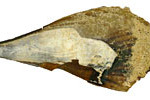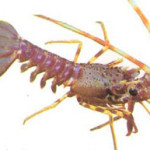
Pagrus auratus
Strictly, or scientifically speaking, the New Zealand snapper (Pagus auratus) is not actually a “snapper” at all!
The snappers are a large and diverse group of robust-bodied, carnivorous fishes and belong to the family Lutjanidae. Like many other southern hemisphere species, the New Zealand snapper inherited its name from the northern species it most closely resembles, but is in fact a member of the family Sparidae, which are sea bream or porgies.
In New Zealand waters, this indicator can be found from the tip of the North Island down to the northern areas of the South Island. They are mostly encountered in deep water over offshore reefs and gravel beds, around islands and near undersea pinnacles.
The snapper is also known by the Maori name, ‘tamure’ and is a very attractive fish, silvery in colour, with a pink to brown upper body. The sides are sprinkled with bright blue spots that are more prominent in juveniles. The top, tail and side fins are also pink, while the bottom fins range in colour from pale-pink to creamy-white.
Snapper have been known to live 30 years – a ripe old age for fish. As they mature, they develop a prominent hump on the top of the head. The hump develops in both sexes but is more prominent in males
Snappers are among the most popular food fishes in Australia and New Zealand. They are reef fishes and live on the continental shelf at depths down to 200m, and in large bays. Juvenile fish are sometimes found in small sandy-bottomed bays and the lower reaches of estuaries.
They grow to 130cm in length and can weigh up to 20kg, but given their popularity, you are more likely to see specimens at around half of these sizes.








Social Profiles